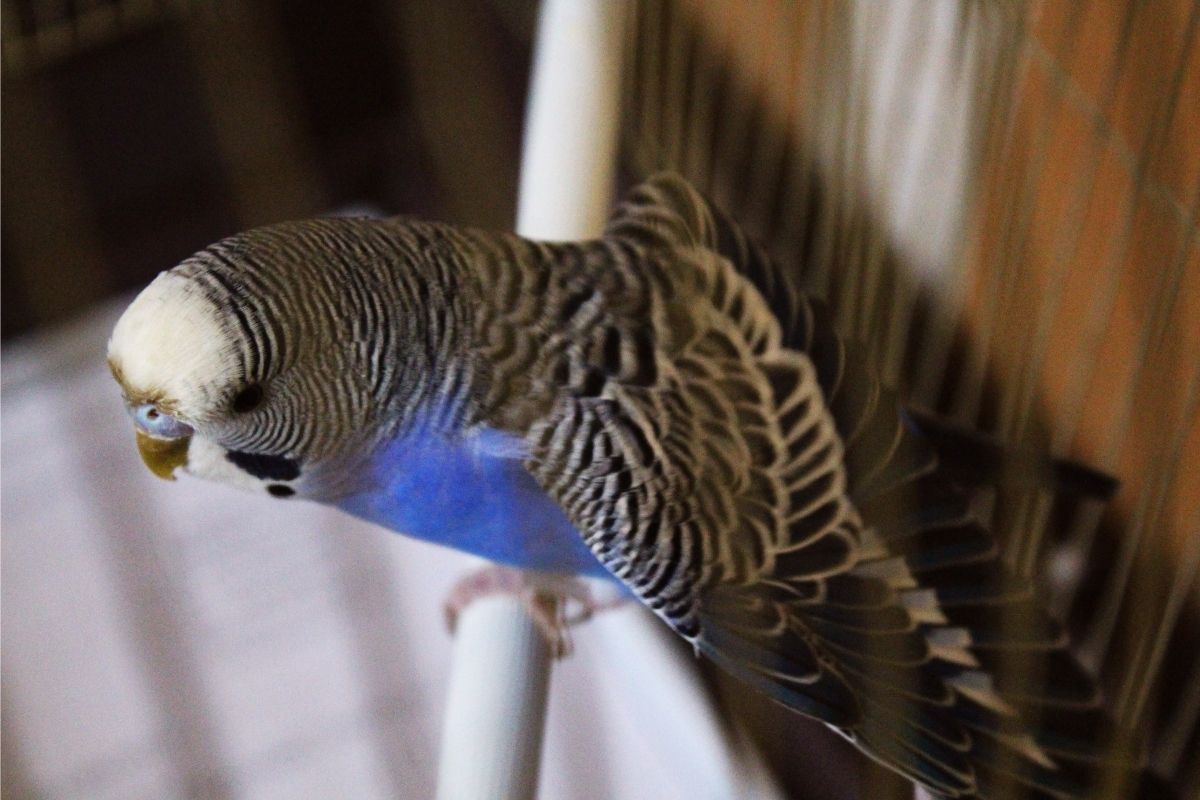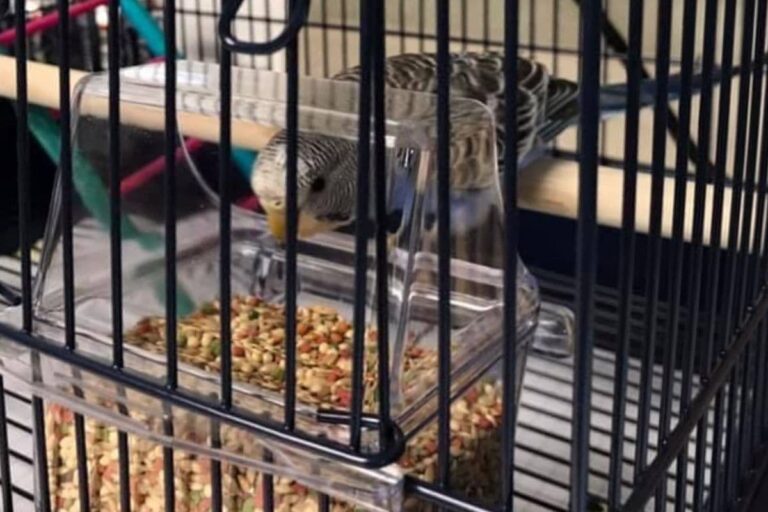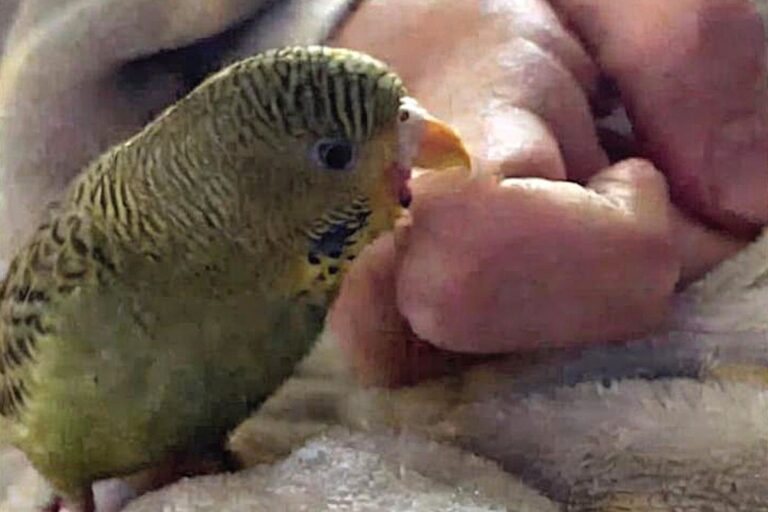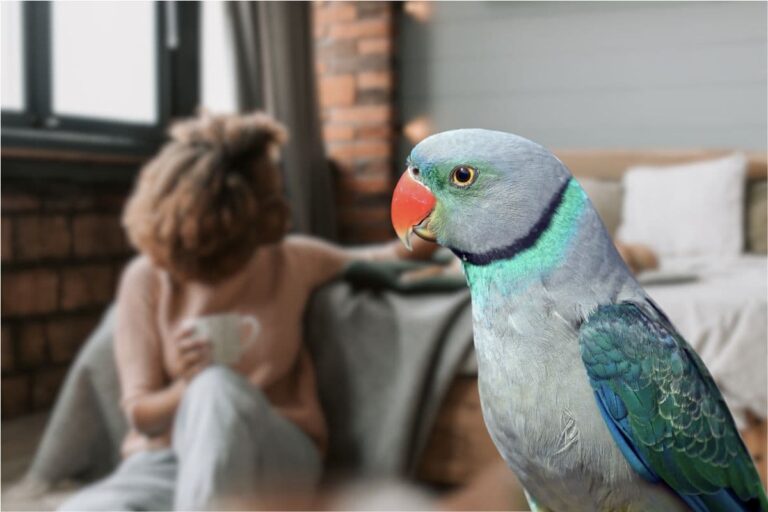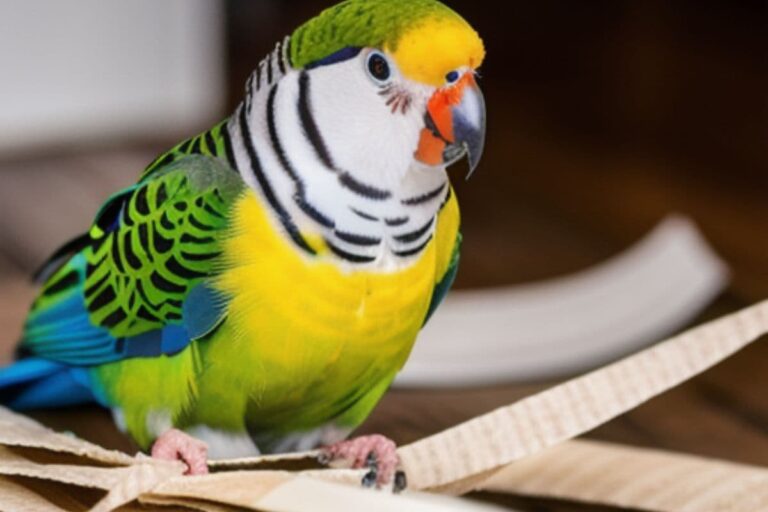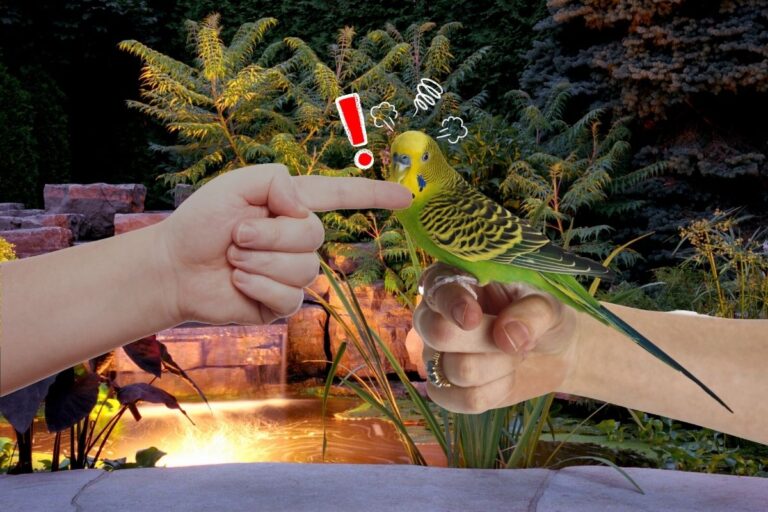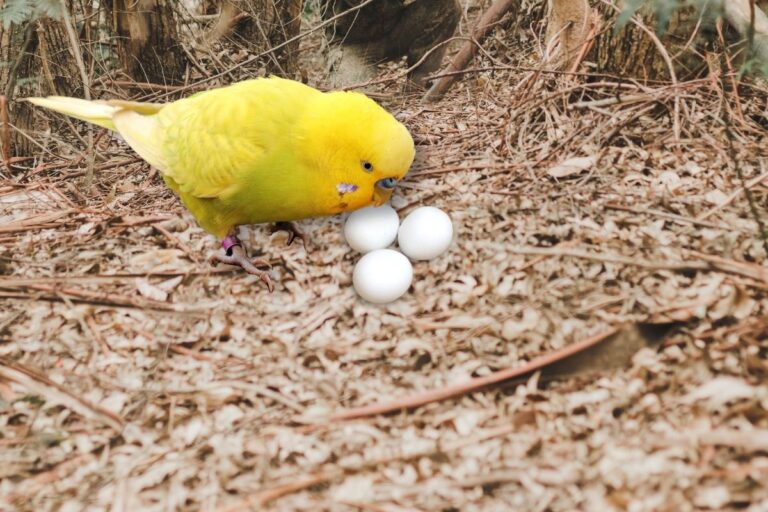How Much Does It Cost to Clip a Parakeet’s Wings
Disclosure: The opinions expressed in this post are my own. This post may also contain affiliate links, which means that I will receive a commission if you decide to purchase through my links, at no additional cost to you. As an Amazon Associate, I earn from qualifying purchases.
Parakeets are one of the many kinds of birds that have the natural ability to fly. If you want to prevent your parakeet from flying, then clipping its wings is a way to go.
The main reason why we consider clipping a parakeet’s wings is that they cannot fly without them. This can help reduce damage to property or injuries to humans or the parakeet itself, apart from other reasons.
In this article, we will talk about the cost of clipping a parakeet’s wings, and some tips on going about it.
How Much Does it Cost to Clip a Parakeet’s Wings?
The price varies greatly, typically anywhere from $5 to $100, depending on where you bring your parakeet.
Bringing Your Parakeet to a Vet
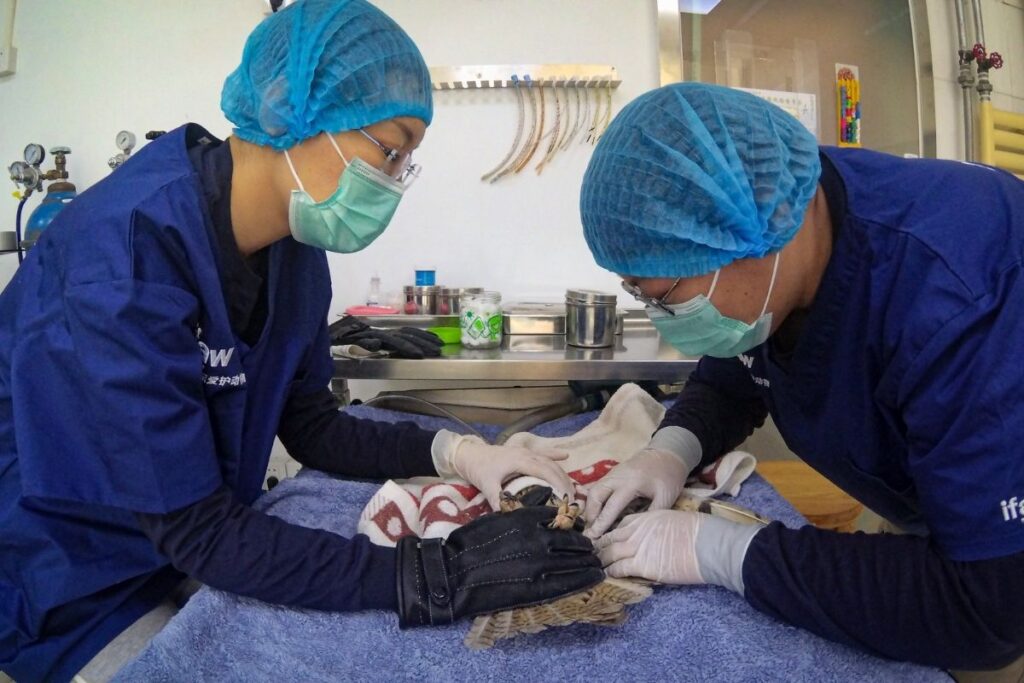
If you bring your parakeet to a vet, you can expect a bill of $50 or more. This is because vets typically conduct other checkups on your parakeet during the appointment apart from just the clipping of feathers. Veterinarians want to make sure that your parakeet is in overall good health, therefore you pay for the service. However, you will have great peace of mind knowing that the vet is trained and knows what they are doing. You may also find vets that charge a lower fee at the $20 to $30 range just for the clipping service, but prices may vary depending on the region you are in.
Bringing Your Parakeet to a Pet Store
If you bring your parakeet to a pet store, you can expect this service to cost between the $5 to $15 range. But do note that not all pet stores provide wing clipping services. You can find general pet stores that provide this service in some areas. In others, you would have to bring your parakeet to a bird speciality store. But if you were to choose this route, make sure that your pet groomer has the expertise and experience to provide this service. Be sure to question them thoroughly to know how knowledgeable they are in providing this service.
How Long Does It Take to Clip a Parakeet’s Wings
The clipping process is a simple process that barely takes a few minutes, provided that your parakeet is cooperative with the handler. A person that is experienced in clipping bird feathers will have a process and know exactly what to look for and where to clip. The most important thing here is patience. If you rush through the procedure, you might end up making mistakes and damaging your parakeet’s feathers.
What Happens After Clipping a Parakeets Wings
After clipping a parakeet’s wings, you should be able to see a subtle difference right away. About a third to half of the wings will appear trimmed. The clipping of wings does not mean that there will be no longer any feathers covering the parakeet’s body. Only the primary feathers, essential for flight, will be clipped. The difference is only apparent when you spread its wings.
How Long is the Recovery Process
There’s practically no recovery process as there is no incision or surgery of any form in doing this. It’s akin to bringing a pet dog to the groomers.
Parakeets are able to return home right after the procedure and resume their daily lives and routines, with the only difference that they are not able to fly.
Is it Cruel to Clip a Parakeet’s Wings (Is it Painful Physically and Psychologically?)
Clipping a parakeet’s wings might sound like an excruciating procedure. But if done right, it is essential pain-free. This is because there are no nerve endings on their feathers. However, it’s important to know that there are certain feathers to clip and others to avoid, or else you may cut on blood feathers which could result in a fatal experience.
Another thing to note is that some birds, however, may be affected psychologically by their clipped wings, not because of their appearance but because they cannot fly. The constant repeated attempts to fly may make them feel frustrated. To minimize this from happening, try not to put them in environments where they feel the need to fly, such as having other pets around that may approach them or leaving them on their own in large spaces.
Should I Clip My Parakeet’s Wings
One of the biggest concerns in clipping a bird’s wings is restricting its natural movement and freedom to fly. While this may be true, the risk of injury and death could outweigh this, especially if they live in certain households and conditions. Not everyone has the privilege and ability to provide an aviary for their feathered friends.
So, the main reason why parakeet owners want to clip their parakeet wings is simply for their safety. Some owners may want to let their parakeets out in bigger spaces rather than their cages, but doing so may introduce them to dangers around the house. Parakeets may injure themselves by flying into a moving ceiling fan, electrical appliances or other fixtures and fittings that may be relatively dangerous to them.
Parakeets may also fly out of a window and expose themselves to outside dangers or get themselves lost. Being domesticated pets may result in them becoming injured or dying due to lack of food and water.
Do a Parakeet’s Wings Grow Back and How Long Does It Take
As long as the feathers are clipped the right way, the parakeet will continue to grow new ones as long as they are not picking on them. Parakeets will eventually go through a molting period, a natural process like many other birds do. This process replaces the damaged feathers from your parakeet. The primary feathers for flight should grow back to full length in a year.
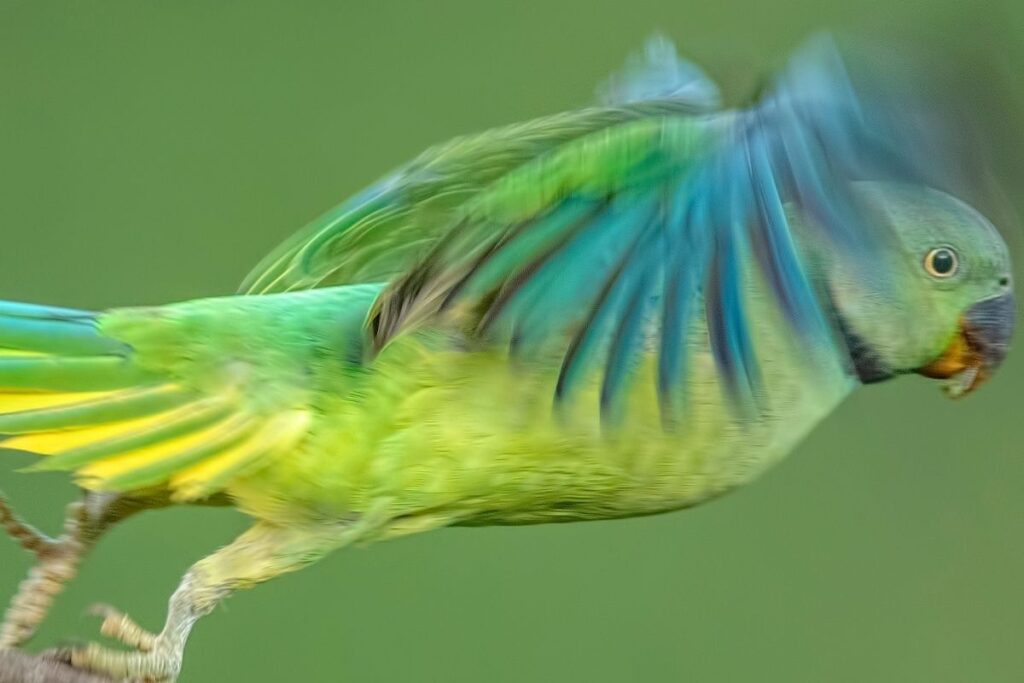
However, during this period before molting, the flight feathers may still grow, making your parakeet able to fly sooner. This is less likely to happen as parakeet feathers do not grow continuously but during the molting stage instead. It is still highly recommended to do a simple flight test every 1 to 2 months to ensure that your parakeet has not regained its ability to fly.
How Often to Clip a Parakeet’s Wings
You usually clip them once they grow back. So this should happen around once every year at the very minimum. But as we talk about earlier, be sure to do a simple flight test every now and then just to make sure.
Can a Parakeet Still Fly with Clipped Wings
After your parakeets have their wings clipped, they will still be able to make use of their wings to soften their landings when going from a higher to lower ground. They will also be able to glide for very short distances. However, they will not be able to generate enough thrust to move upwards because they do not have the primary flight feathers required to move the bird.
Can I Clip My Parakeet’s Wings Myself
You can clip your parakeet’s wings on your own. It is a simple procedure that does not require specialized tools. However, most parakeet owners may feel intimidated to do it themselves, which is good because there are some safety concerns in clipping your parakeet’s wings when done the wrong way.
If you clip the feathers in the wrong places, you may cause injury to them, such as clipping on a blood feather. Doing this will cause rapid blood loss, which is an emergency that could lead to the death of your parakeet if not handled promptly.
If you are planning to clip your parakeet’s wings, you should be very knowledgeable about the right feathers to clip and where exactly to do so. It’s best if you have experience in doing this before. But if it’s the first time you are doing this, I would highly suggest that you bring your feathered friend to a veterinarian at least once and let them know of your intentions to clip their wings in the future, so that they can give you some advice on doing so and perhaps give you a demonstration for the first time.
Final Words
Clipping your parakeets’ wings is a common practice among pet owners. You can even clip them yourself if you want to, although it is advisable to seek professional help if you are unsure about what you’re doing.



